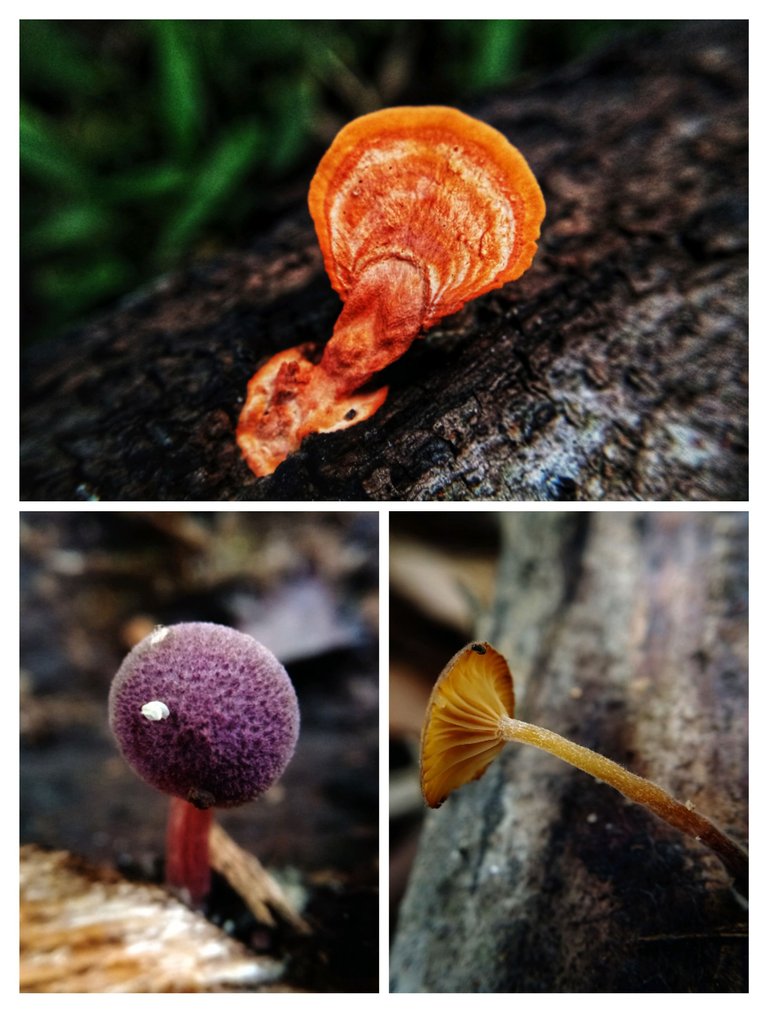
This post My contribution to #FungiFriday by @ewkawd.
Hello friends, everyone in the #FungiFriday community, how are you friends around the world and especially those who are active in this amazing community.
Introduce maybe I am a new user in the community that I may have seen some time ago, and only now I have a post object that I can share in my initial post.
I have a few hobbies, almost like other friends who like some unique things, especially like wild mushrooms.
On this good occasion, I want to try to share 3 "three" types of mushrooms that I got today, where I will try to give a little description of the types of mushrooms by name and also place or you can say, a review of the mushrooms that I met today.
1.Amethystina / scammer
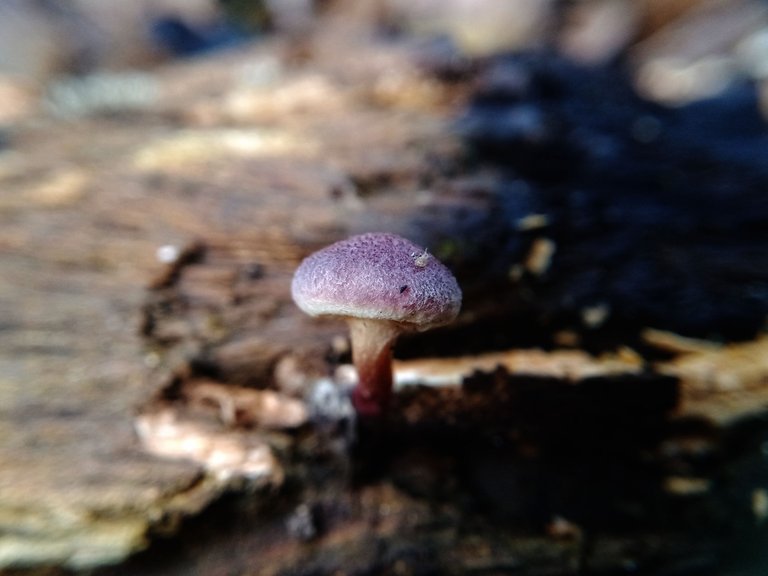
According to the search results that I did with the same image, by doing a Google search and I got a similar image and with the English scientific name Amethystina / scammer.
a very common mushroom known by many people, the name for this purple mushroom is: "Amethyst swindler, a small brightly colored mushroom that usually grows in deciduous forests and also belongs to the type of needle tree, a mushroom that according to information can be eaten, because this mushroom grows from the soil and can absorb "arsenic" from the soil.Here's a little review for this mushroom that has a bright purple color.
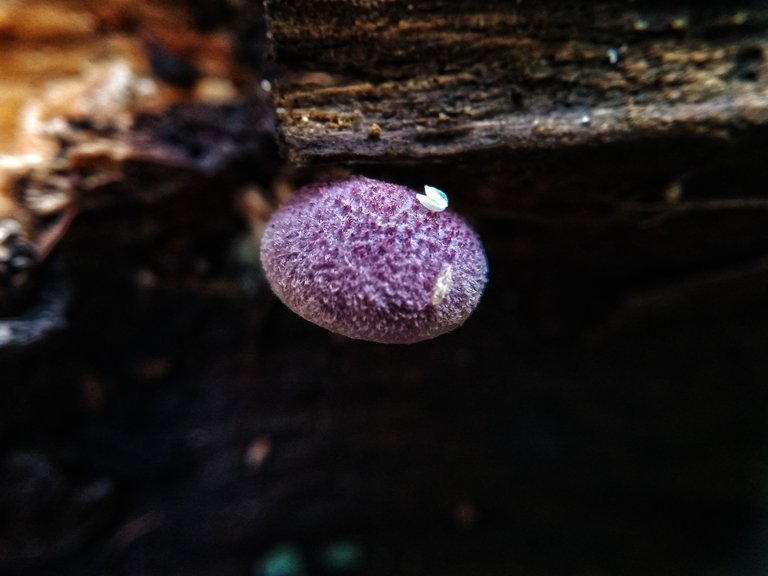
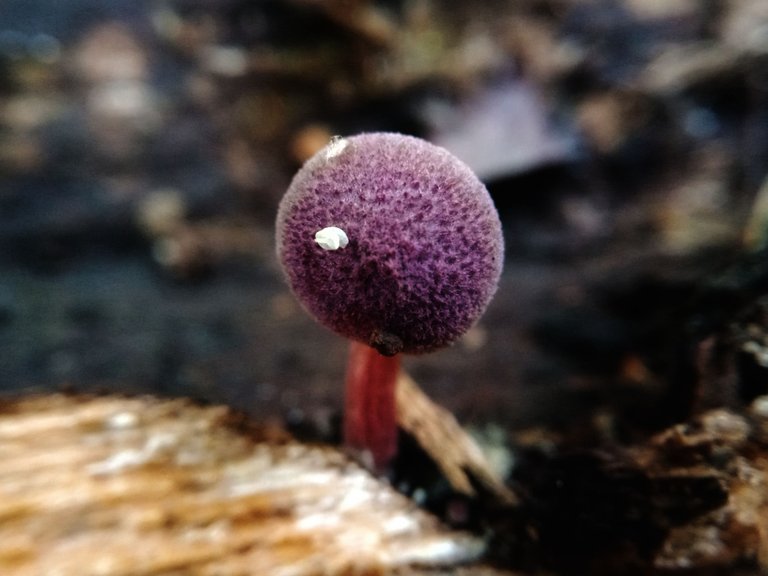
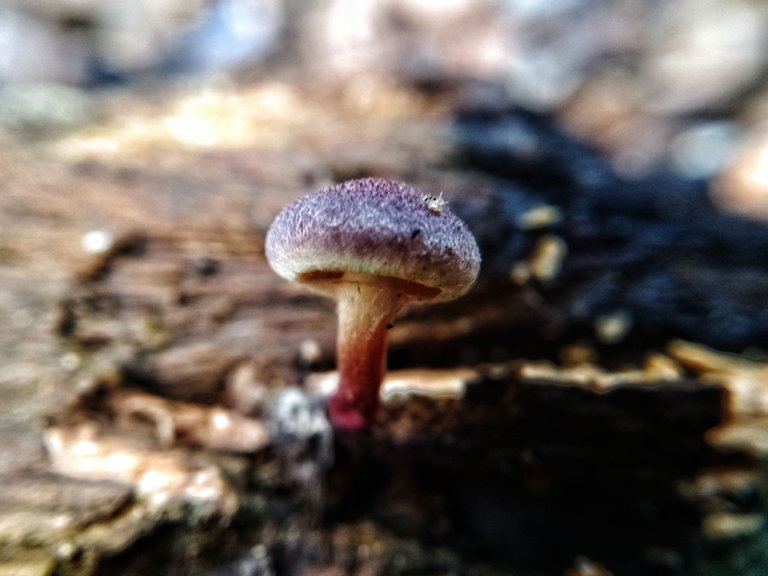
2. Xeromphalina Campanella
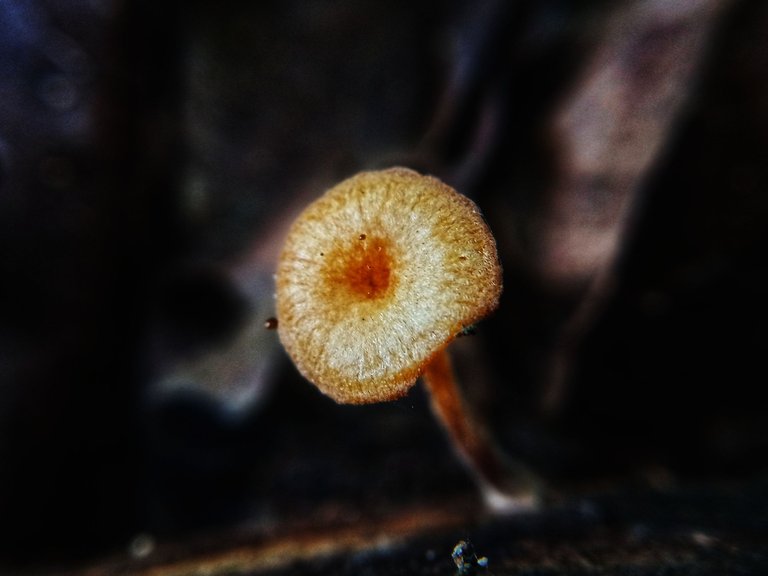
From the search results I did using Google, I got the name of this mushroom with its Latin name or in English known as Xerophalina campanella, and is also often referred to as and also has species such as golden trumpet and similar mushrooms have other names such as bell omphalina.

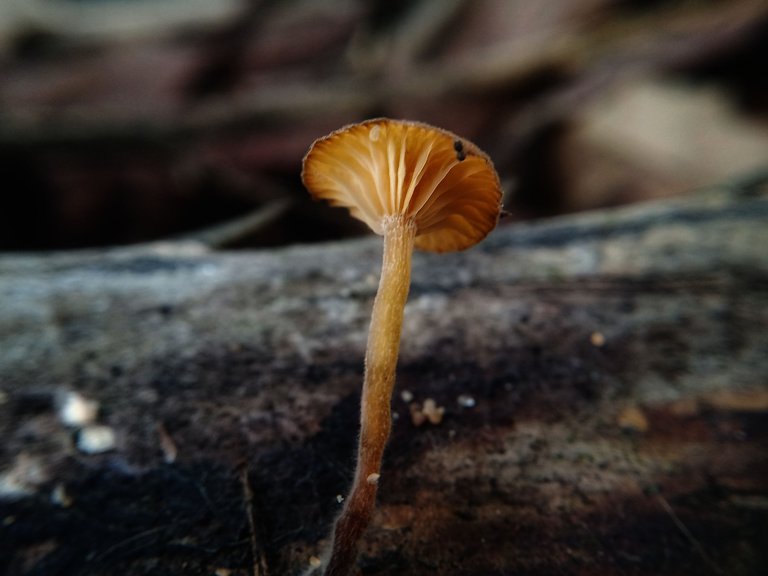
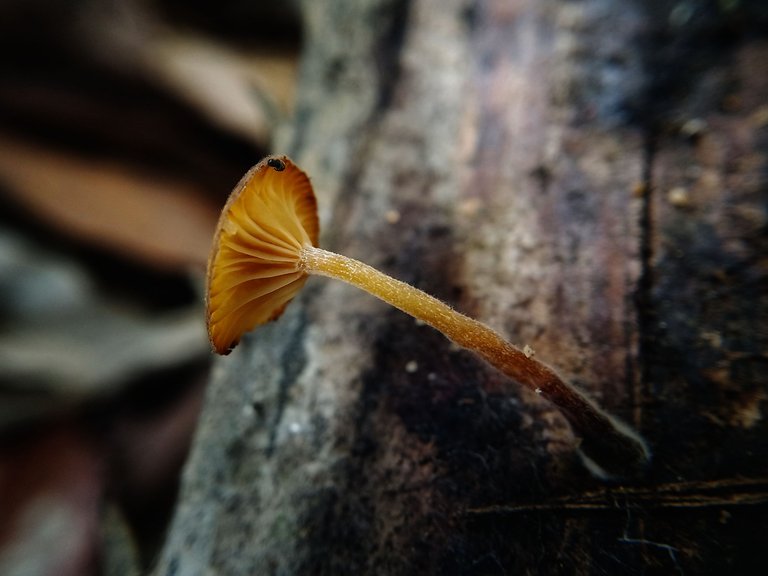
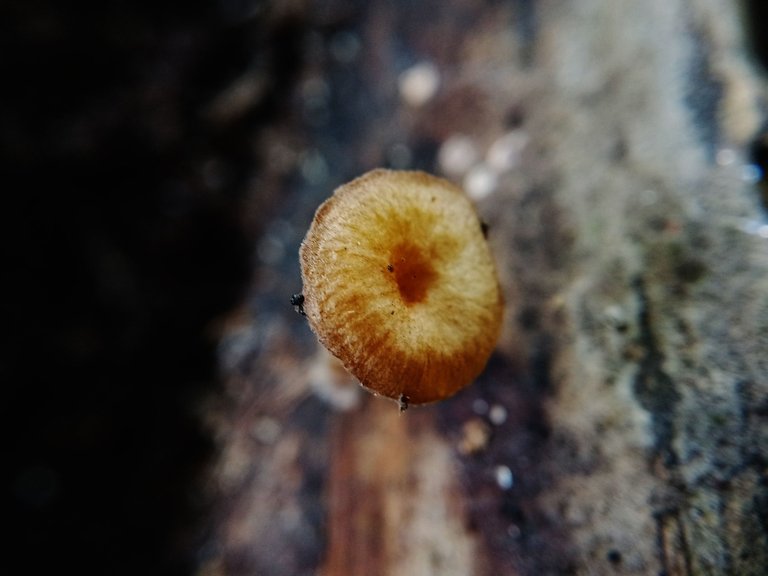
3. Pycnoporus sanguineus
Jamur yang terakhir yang menyerupai kerang ini, selain unik dan juga cantik, jamur yang bisa dikatakan memiliki racun yang bisa membahayakan kulit jika terkena memiliki nama yang unik dan juga cantik
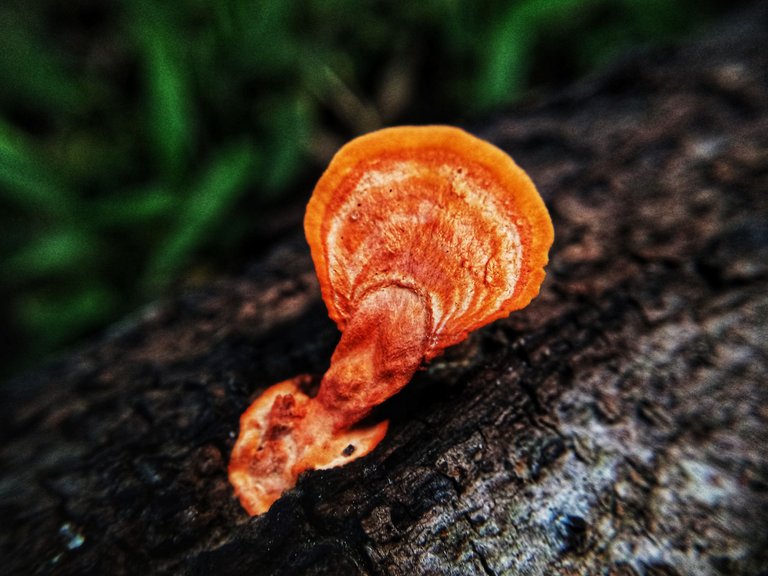
From the search results and image translators, this orange mushroom has a name in English, namely: Pycoporus sanguineus, it can be said that this fungus is the same as white rot saprobic, and is commonly found on the islands of Guana, but also in tropical areas everywhere that has an impact tropical, and often grows on dead and rotting leras. And I got this mushroom exactly as I read in the reviews of several mushroom discoverers before.
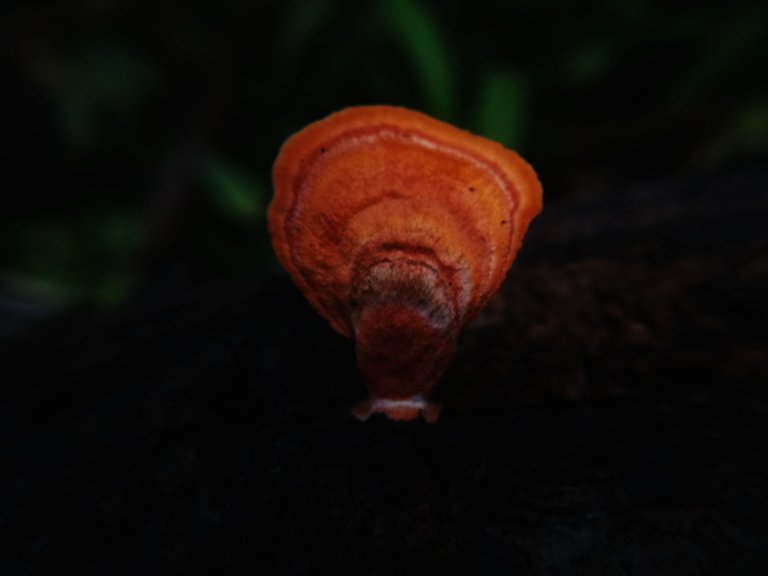
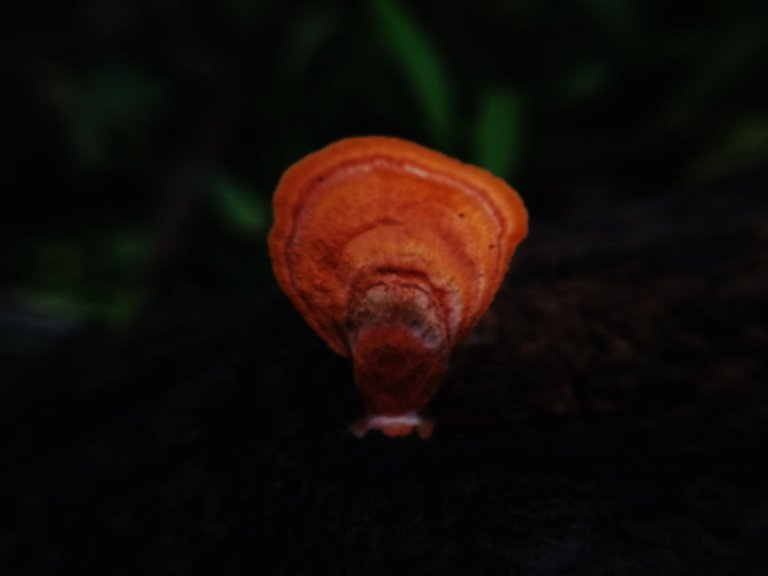
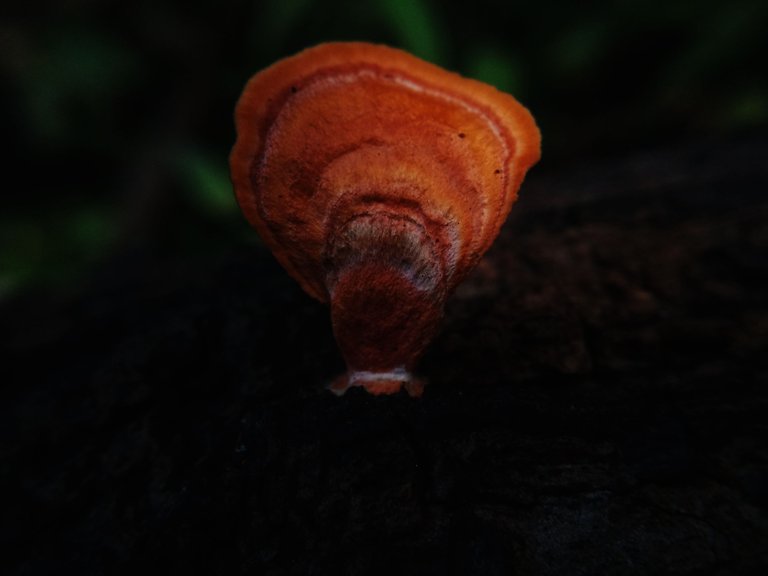
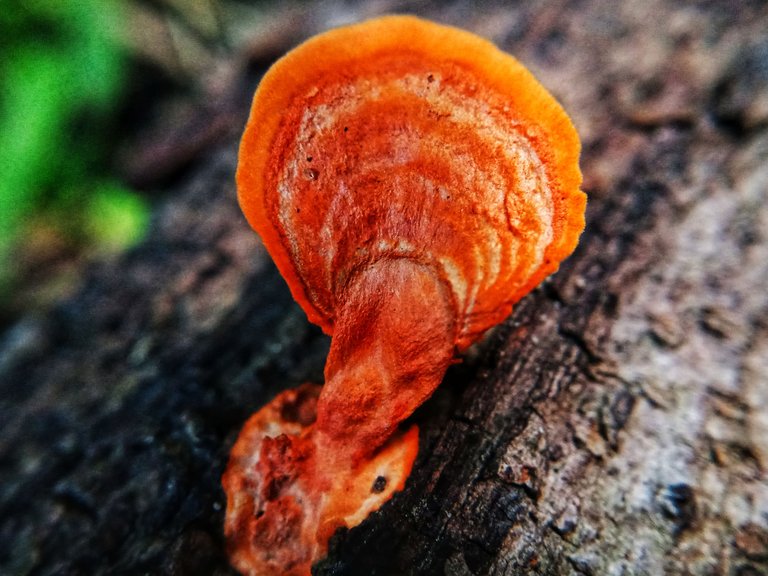
That's exactly what the picture above is, and a little bit of information that I'm trying to share with all of my friends who like wild mushroom photography. And I hope you like it.The image above is mine personally.
| Camera model | OppoA12 |
|---|---|
| Lens | smartphone |
| Category | mold |
| Editing | Sneedsep app |
| Location | Indonesia |

The rewards earned on this comment will go directly to the person sharing the post on Twitter as long as they are registered with @poshtoken. Sign up at https://hiveposh.com.
Thank you so much suport my post it @poshtoken
Welcome to the community and happy #FungiFriday! :)
Thank you so much sir @ewkaw
Interesting to see mushrooms with colors other than the usual browns, whites, and grays... it certainly makes them quite more interesting to the eye.
I've been learning a lot about mushrooms from these Fungi Friday posts. I'm excited to get out and examine the shrooms in my yard and first once spring returns.
Thanks for sharing your post!
Cheers!
Thank you so much sir @braveboat.